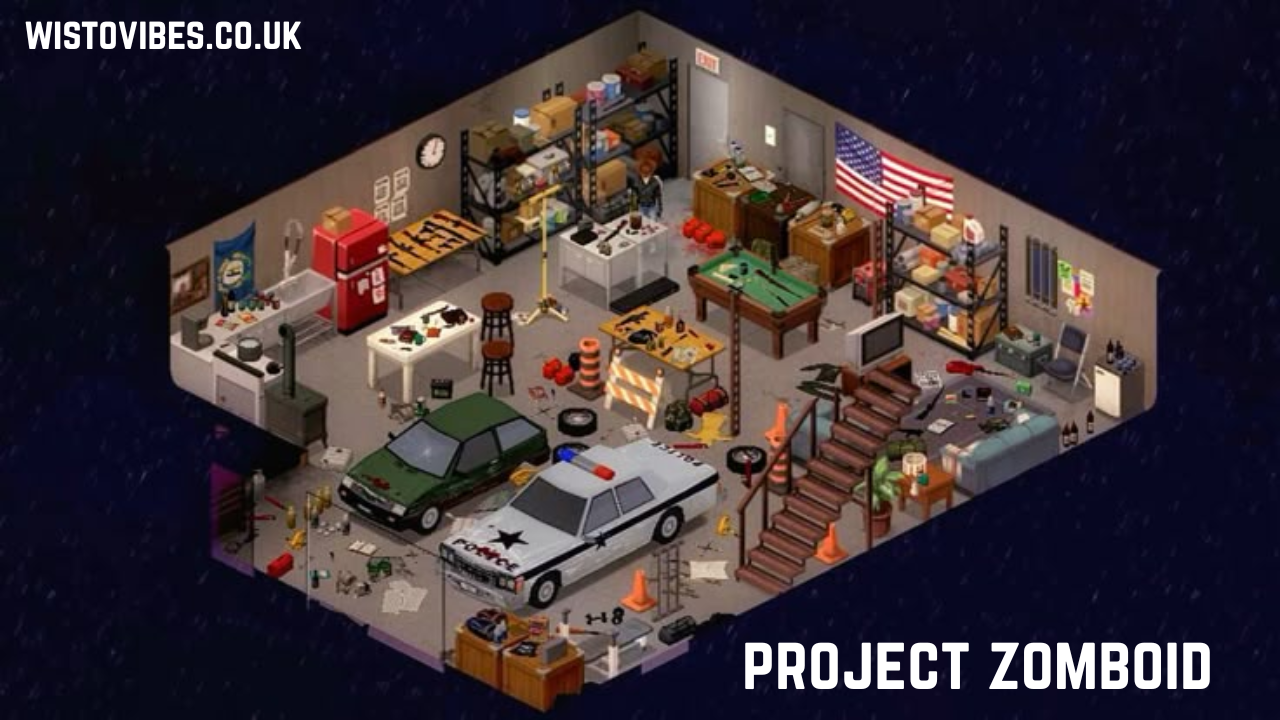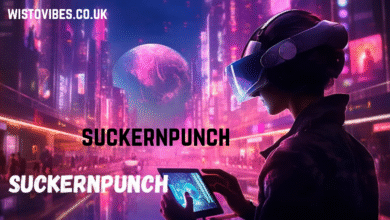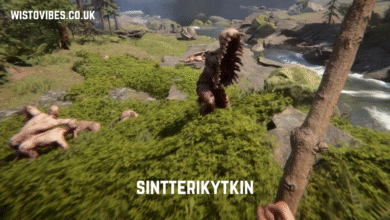Project Zomboid is one of the most immersive and realistic zombie survival games ever created, offering a deeply detailed sandbox experience that tests not only your combat skills but also your patience, resource management, and psychological endurance. Developed by The Indie Stone, Project Zomboid takes place in a post-apocalyptic world filled with the undead, where players are thrown into a brutal fight for survival. The game doesn’t just challenge you to kill zombies — it challenges you to live, to scavenge, to craft, and ultimately, to face the haunting question the game itself asks: “This is how you died.” What sets Project Zomboid apart from other survival games is its attention to realism. From the way hunger and thirst affect your body to how noise and light can attract zombies, every single detail matters. Players must navigate a large open map, filled with dangers, resources, and stories waiting to unfold, as they carve out a temporary existence in a collapsing world.
Gameplay Mechanics and Realism in Project Zomboid
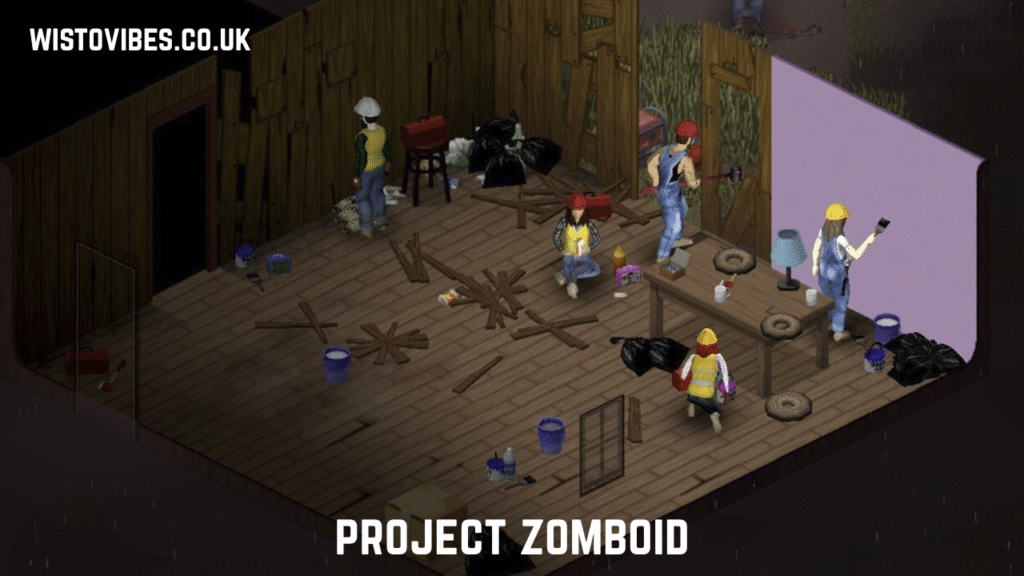
The gameplay in Project Zomboid is a masterclass in tension and realism. Unlike many other zombie survival titles that focus on fast-paced combat, Project Zomboid emphasizes survival through caution, planning, and adaptability. Every decision has a consequence. Players must manage their character’s physical and mental health, ensuring they get enough food, rest, and comfort while also dealing with injuries, illness, and loneliness. The game features an isometric perspective, allowing players to view the world from above while still maintaining an intimate sense of danger. Stealth plays a critical role in gameplay — one loud noise, such as a gunshot or a smashed window, can draw hordes of zombies to your location. Players must also manage power outages, dwindling supplies, and seasonal changes, making survival a constant battle against time and circumstance. In Project Zomboid, death is permanent, and every playthrough becomes a unique story of struggle and survival.
Crafting Building and Resource Management
A huge part of Project Zomboid’s appeal comes from its deep crafting and resource management systems. Survival depends heavily on what you can scavenge, craft, and build. Players can forage for food, break into houses for supplies, or raid abandoned stores — but each action comes with risk. Crafting allows players to create weapons, cook meals, purify water, and even construct elaborate bases with walls, traps, and furniture. Building a safe house is one of the most rewarding aspects of Project Zomboid. Players can barricade windows, reinforce doors, set up rain collectors, and even establish small farms for sustainable food sources. However, nothing is truly safe in this world. Over time, supplies run out, and zombies may overrun even the best defenses. This constant sense of impermanence pushes players to think strategically, balancing short-term survival with long-term sustainability.
Combat and Zombie Behavior
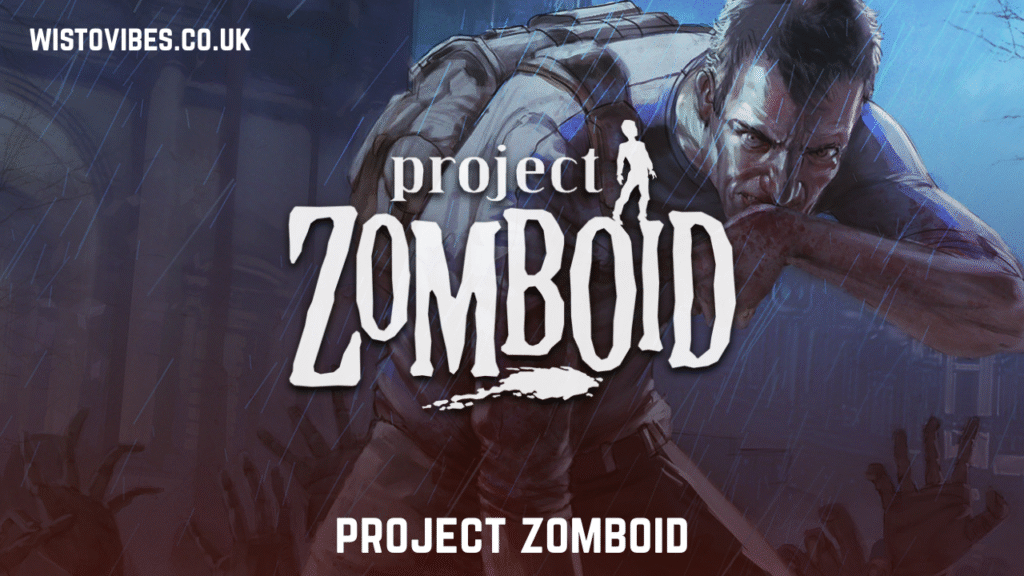
Combat in Project Zomboid is slow, deliberate, and deadly. The zombies are not mindless targets but persistent predators that react to sound and sight. Players can use melee weapons such as baseball bats, knives, and crowbars or resort to firearms when desperate — but guns make noise, and noise brings the horde. Each weapon has its own durability, speed, and range, forcing players to think carefully before engaging in a fight. The zombie AI is designed to feel natural and unpredictable. Zombies will follow noises, break through windows, and swarm when they detect activity. Over time, the undead population increases, spreading across towns and rural areas, turning previously safe zones into deadly traps. This dynamic threat makes every expedition a tense experience. Learning when to fight and when to flee becomes one of the most valuable survival skills in Project Zomboid.
Skills Traits and Character Development
Project Zomboid features a deep character customization system that allows players to choose traits, occupations, and skills that influence gameplay. At the start of the game, players can select from professions like firefighter, police officer, carpenter, or nurse, each with unique bonuses and abilities. Positive and negative traits further shape your character, such as being strong but short-tempered or agile but weak. Skills improve over time through experience, allowing players to become better at crafting, cooking, combat, and other essential survival tasks. This progression system gives the game a realistic sense of growth, where surviving longer genuinely feels like an achievement earned through effort and adaptation. Every choice made during character creation has a direct impact on how your survival story unfolds, ensuring that no two playthroughs ever feel the same.
Exploration and World Design
The world of Project Zomboid is vast, detailed, and hauntingly atmospheric. The main map includes multiple towns such as Muldraugh, West Point, Rosewood, and Riverside — each with its own layout, buildings, and loot opportunities. Every structure in the game can be explored, entered, and looted, providing endless possibilities for adventure and discovery. Weather and time of day also play crucial roles, as visibility decreases during storms or nighttime, making travel more dangerous. The game’s environment is alive with small, realistic details: flickering streetlights, empty highways, and eerie silence broken only by distant groans. Players must constantly plan their routes, manage their inventory, and find safe places to rest. The open-world design encourages exploration but punishes recklessness, turning even a short scavenging trip into a nerve-wracking experience of survival and suspense.
Multiplayer and Community Survival
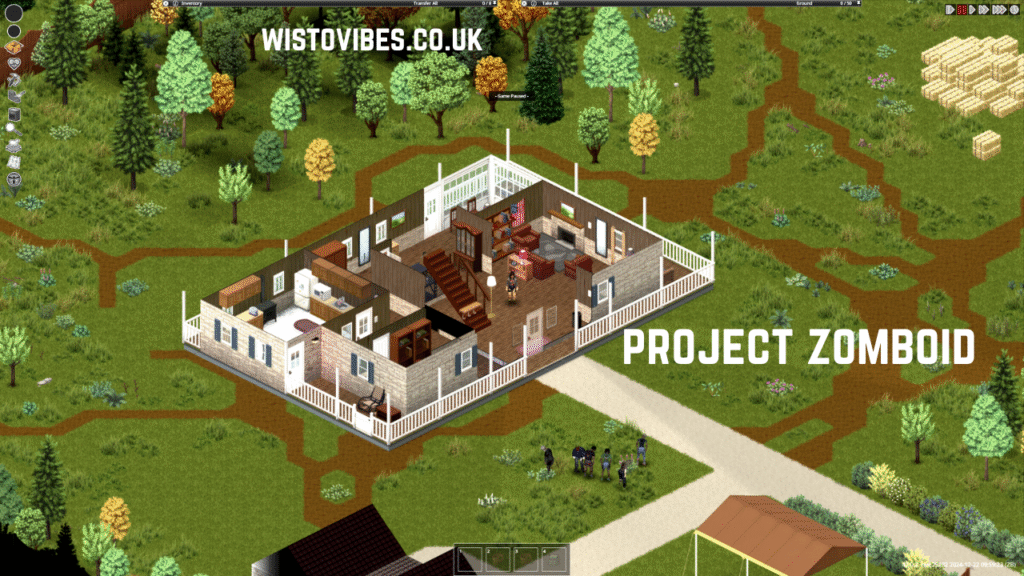
While Project Zomboid offers a rich single-player experience, its multiplayer mode brings an entirely new dimension of challenge and cooperation. Players can join online servers with others, forming alliances, building communities, and defending settlements against hordes of zombies. Cooperation becomes essential, as each player brings unique skills and resources to the group. However, human nature introduces tension — trust is a fragile thing, and betrayal can be just as deadly as the undead. Some servers emphasize role-playing, creating persistent worlds where survivors trade goods, enforce rules, or wage wars. The multiplayer community has grown immensely, with dedicated players creating mods, hosting events, and building custom maps. This sense of shared struggle transforms Project Zomboid from a lonely survival story into a living, evolving world of collaboration and conflict.
Modding and Customization in Project Zomboid
One of Project Zomboid’s greatest strengths lies in its active modding community. Players and developers alike have embraced customization, resulting in thousands of mods that enhance, expand, or completely transform the game. Mods can introduce new weapons, vehicles, clothing, gameplay systems, or even entire maps. The Steam Workshop integration makes it easy for players to download and install these modifications, keeping the game fresh and endlessly replayable. Some popular mods focus on realism, adding temperature systems or advanced medical mechanics, while others introduce fantasy elements or modern conveniences. This freedom of customization has helped Project Zomboid maintain a loyal fanbase and stay relevant for years. For many players, modding has become an essential part of the experience, allowing them to tailor the apocalypse exactly to their liking.
Development Journey and Longevity
Project Zomboid has had one of the most remarkable development stories in gaming. Originally launched in early access in 2011, the game has evolved through constant updates, community feedback, and developer dedication. The Indie Stone faced numerous challenges, including data losses and setbacks, but their commitment to delivering a deep, authentic survival experience never wavered. Over time, the game has grown from a small indie project into a complex simulation admired worldwide for its depth and realism. The developers continue to release major updates, adding new animations, weather systems, vehicles, multiplayer improvements, and AI behaviors. This long-term development model has made Project Zomboid not just a game but a living project that continues to expand with each passing year.
Conclusion
In conclusion, Project Zomboid is not just another zombie game — it is a brutal, emotional, and deeply immersive survival experience that forces players to confront the harsh realities of the apocalypse. Every moment is filled with tension, every decision matters, and every death tells a story. Whether playing alone or with friends, building a base or scavenging for supplies, Project Zomboid captures the essence of survival like no other game. Its realism, community, and endless replayability make it one of the most respected titles in the survival genre.
FAQs
Q1: What makes Project Zomboid different from other zombie games?
Project Zomboid focuses on realism, permanent death, and survival mechanics that go far beyond simple combat. Every aspect of daily life — hunger, sleep, injuries — matters deeply.
Q2: Can you play Project Zomboid with friends?
Yes, Project Zomboid offers multiplayer modes that allow players to cooperate or compete in shared survival worlds.
Q3: Is Project Zomboid still being updated?
Yes, The Indie Stone continues to update Project Zomboid regularly, adding new features, mechanics, and performance improvements.
Q4: Is Project Zomboid hard to learn?
The learning curve is steep, but that’s part of the challenge. Once players understand the systems, the experience becomes incredibly rewarding.
Q5: Why is Project Zomboid considered one of the best survival games?
Because it combines depth, realism, and player freedom in a way few other games do, creating a truly unforgettable and intense survival experience.
